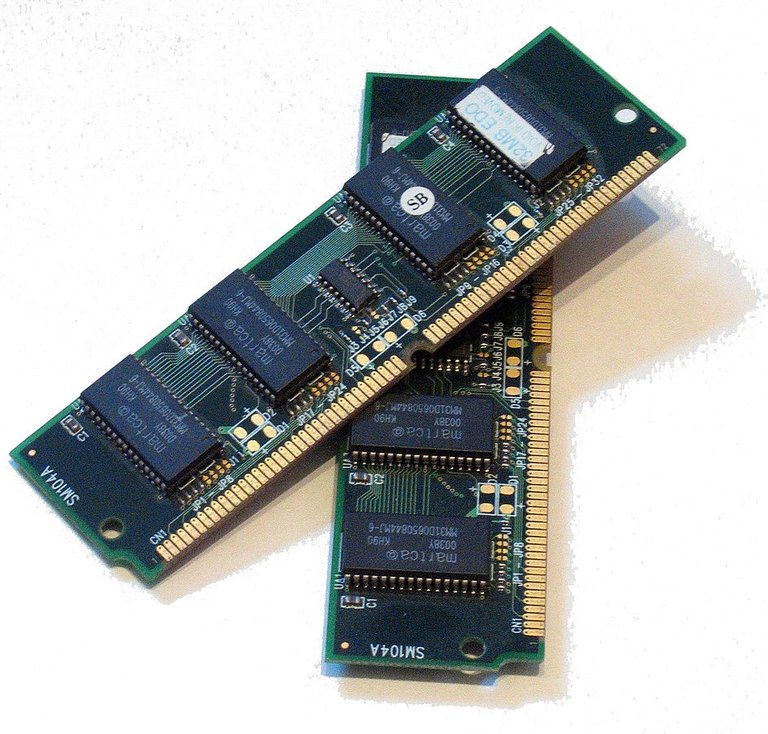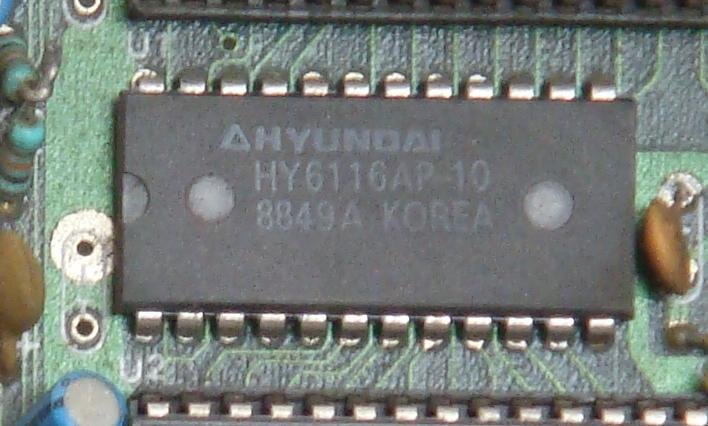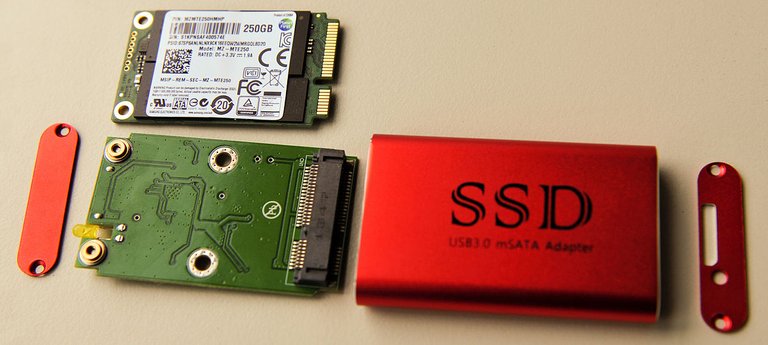Hello there, fellas!
We are who we are because of our memories, which assist us in remembering our history, learning and retaining abilities, and making plans for the future. Memory serves a similar function for computers, which are frequently used as extensions of our own bodies.
All information stored in a personal computer's memory is represented by basic units known as bits. This could be a two-hour movie, a two-word text file, or the instructions for accessing either of these files (binary digits). Each of them is kept in a memory cell that has the ability to transition between two states for each of the two potential values; 0 and 1.
Files and programs are made up of millions of these bits, which are all processed by the Central Processing Unit (CPU), which is essentially the computer's brain. As the number of bits that must be processed grows exponentially, computer designers are faced with a constant battle between the demands of size, cost, and speed of the machines they create.
Computers, like humans, have short-term memory for performing immediate tasks and long-term memory for storing information for longer periods of time. When we launch a program, our operating system allocates a portion of our short-term memory for the purpose of carrying out the instructions. It could potentially make changes to existing ones or create whole new ones. The amount of time it takes is referred to as the latency of the memory. In addition, because program instructions must be executed fast and continually, any position inside the short-term memory can be accessed at any time and in any sequence. As a result, the term "Random Access Memory" was coined (RAM).
Dynamic random access memory, sometimes known as DRAM, is the most popular type of RAM. Each memory cell in this device is made up of a small transistor and a capacitor that store electrical charges at the 0 level when there is no charge and at the 1 level when there is charge. It is referred to as dynamic because it only maintains charges for a short period of time before leaking them away, necessitating periodic recharging in order to retain data. However, even with its low latency of 100 nanoseconds, it is too long for modern CPUs, which is why there is also a small high-speed internal memory cache constructed from static RAM, which is typically made up of six interlocked transistors and does not require refreshing.
A pair of 32MB EDO-DRAM 72-pin SIMM-s; Source- Douglas Whitaker at English Wikipedia; License
However, while SRAM is the quickest memory available in a computer system, it is also the most expensive and takes up three times the amount of space that DRAM does. However, RAM and cache can only store data for as long as there is enough power to keep the data from being overwritten.
Static Ram chip form a NES clone. 2K X 8 bit; Source-Satyamfifa
As soon as the device is shut off, the information must be moved to a long-term storage device, which can be divided into three categories:
Magnetic storage (the cheapest) allows data to be stored as a magnetic pattern on a spinning disc coated with magnetic film, but because the disc must rotate to where the data is located in order to be read, the latency for such drives is 100,000 times slower than that of DRAM.
DVD and Blu-ray storage, on the other hand, make use of spinning discs that have been coated with a reflective coating. By utilizing a dye that can be read by a laser, bits are encoded as bright and dark spots. Although they are inexpensive and disposable, they have even slower latencies than magnetic storage, as well as a lower capacity than magnetic storage.
Solid-state drives, such as flash sticks, are a newer and speedier sort of long-term storage that is more popular nowadays. Because they have no moving parts, they rely on floating gate transistors to store information by trapping and releasing electrical charges within their carefully built internal structures, rather than using mechanical components.
250 GB mSATA SSD with an external enclosure; Source- Ralf Roletschek; License
So, how dependable are these alternatives in practice?
Many people believe that computer memory is steady and permanent, which is not the case. it actually declines very quickly. Due to the high temperatures generated by the device and its surrounding environment, hard drives will eventually lose their magnetic properties, the dye will degrade in optical media, and charge leakage in floating gates will occur.
Solid-state drives also have a flaw: writing to floating gate transistors over and over again causes them to corrode, eventually rendering them inoperable. With data on most modern storage medium having a life expectancy of fewer than ten years, it is imperative that you back up your data regularly.
Aiming to make electronics faster, smaller, and more durable, scientists are experimenting with materials' physical properties down to the quantum level. Mortality is still out of grasp for humans and machines alike for the time being, however.
Be sure to share your comments! Thanks

I wonder about the guy in England that threw his computer out with his Bitcoin private key. Time is not on his side! Hopefully he can find the computer and that the memory is still intact.
Posted Using LeoFinance Beta